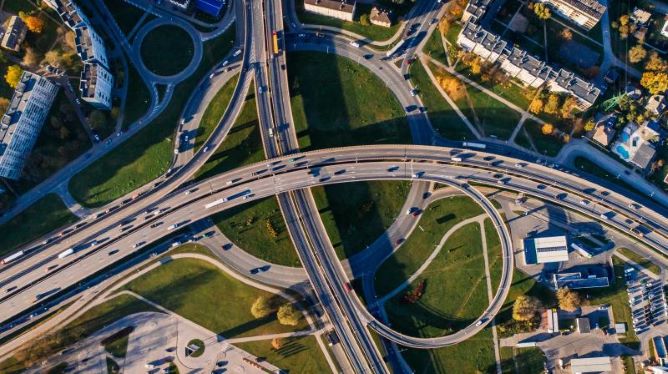

Adding resilience to infrastructure
The net benefit on average of investing in more resilient infrastructure in low- and middle-income countries would be $4.2 trillion with $4 in benefit for each $1 invested, according to a report from the World Bank and the Global Facility for Disaster Reduction and Recovery (GFDRR).
The report titled, Lifelines: The Resilient Infrastructure Opportunity, explains understanding infrastructure resilience, that is the ability of infrastructure systems to function and meet users’ needs during and after a natural hazard. It examines four essential infrastructure systems: power, water and sanitation, transport, and telecommunications. Making them more resilient is critical, the report finds, not only to avoid costly repairs but also to minimize the wide-ranging consequences of natural disasters for the livelihoods and well-being of people. Outages or disruptions to power, water, communication and transport affect the productivity of firms, the incomes and jobs they provide, as well as directly impacting people’s quality of life, making it impossible for children to go to school or study, and contributing to the spread of water-borne diseases like cholera.
“Resilient infrastructure is not about roads or bridges or powerplants alone. It is about the people, the households and the communities for whom this quality infrastructure is a lifeline to better health, better education and better livelihoods,” said World Bank Group President, David Malpass. “Investing in resilient infrastructure is about unlocking economic opportunities for people. This report offers a pathway for countries to follow for a safer, more secure, inclusive and prosperous future for all.”
The report also finds that the lack of resilient infrastructure harms people and firms more than previously understood. Natural disasters, for instance, cause direct damages to power generation and transport infrastructure, costing about $18 billion a year in low- and middle-income countries. But the wider disruptions that they trigger on households and firms is an even bigger problem. Altogether, disruptions caused by natural hazards, as well as poor maintenance and mismanagement of infrastructure, costs households and firms at least $390 billion a year in low- and middle-income countries.
“For infrastructure investors – whether governments, development banks or the private sector – it is clear that investing in resilient infrastructure is both sound and profitable,” said John Roome, Senior Director, Climate Change, World Bank. “It is not about spending more, but about spending better.’
“It is cheaper and easier to build resilience if we look beyond individual assets, like bridges or electric poles, and understand the vulnerabilities of systems and users,” said Stephane Hallegatte, lead author of the report. “By doing so, entire systems can be better designed and with greater flexibility so that damages are localized and do not spread through entire networks, crippling economies at large.”
Drawing from various case studies, global empirical analyses, and modeling exercises, the report also finds major region and country-specific implications of investing in resilient infrastructure. For instance, today Africa and South Asia bear the highest losses from unreliable infrastructure:
The report offers five recommendations to ensure that infrastructure systems and users become more resilient:
Get basics right. Tackling poor management and governance of infrastructure systems is key. For instance, a poorly-maintained infrastructure asset cannot be resilient.
Build institutions for resilience. Wider political economy challenges also need to be addressed, and critical infrastructure assets and systems need to be identified so that resources can be directed toward them.
Include resilience in regulations and incentives. Financial incentives can be used to ensure that the full social cost of infrastructure disruptions are accounted for, encouraging service providers to go beyond just meeting mandatory standards.
Improve decision making. Access to better data, tools, and skills could be a gamechanger in building resilience: for instance, digital elevation models for urban areas are not expensive and are critical to inform hundreds of billions of dollars in investments per year.
Provide financing. The right kind of financing at the right time is key. For instance, small amounts of resources can support regulators and be used at the early stages of infrastructure design compared to the billions needed to repair and recover in the aftermath of a disaster.
To read the report click here
1. The mandate for blending Compressed Biogas (CBG) with natural gas has come into effect…
Andhra Pradesh is striving towards greening its energy sector with quite some speed. In a…
With an objective to bolster India’s green energy goals, a Tripartite Agreement has been signed…
The Union MNRE Minister Pralhad Joshi launched the Green Hydrogen Certification Scheme of India (GHCI)…
India’s energy conglomerate Bharat Petroleum Corporation Limited (BPCL) has commissioned a 5MW green hydrogen plant…
In a historical development, the European Space Agency (ESA) has successfully launched its pioneering ‘Biomass’…